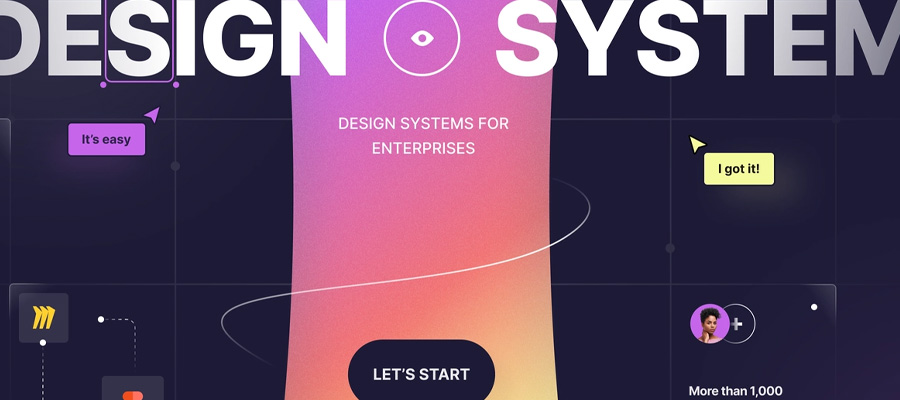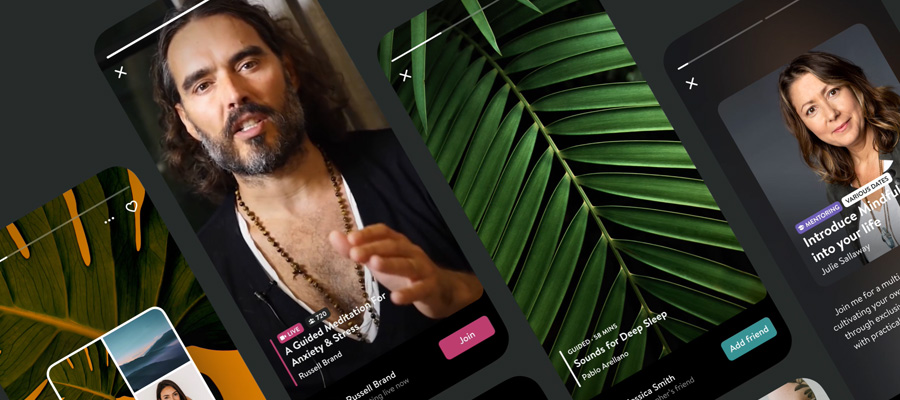From social media pursuits to big-scale events, marketing your company's products or services is essential for bringing in new customers and keeping current ones interested in what you offer. Check out these marketing campaigns to help you find inspiration.
1. Building Around a Viral Post
Who could forget "the dress?" For several weeks in early 2015, the internet argued over whether a Tumblr user Caitlin McNeil's dress was black and blue or white and gold. When it became clear that the debate wouldn't die down within a day or two, brands from all types of industries jumped on the chance to advertise their brand with the dress.
From Dunkin' Donuts' creation of donuts inspired by the dress' colors to LEGO tweeting two of their characters with the different-colored dresses on, you couldn't escape the viral post. Even Adobe got in on the post, effectively advertising its products while offering a scientific explanation as to why some people saw one color combination and some saw another.
When brands like Dunkin' Donuts, LEGO, and Adobe weigh in on viral posts like this, they show that are in touch with the people, with internet and meme culture, and with the personable, fun side that everyone has to them. Putting a "face" to the brand shows consumers that real people work behind the scenes and makes them feel more connected to a company or product.
2. Creating an Inclusive Environment
An increasing number of consumers are looking to support inclusive companies. This means more brands are committing to creating marketing campaigns with diverse actors for a broader audience. From more people of color to those who identify outside of societal gender or sexuality norms, to people with different physical, mental, and emotional capabilities, companies want their commercial, radio, print, and social media ad campaigns to reader wider audiences.
It isn't enough simply to have more diverse ad campaigns, though. Companies need to promote diversity and accessibility within their products or services as well. Restaurants can work to make having Braille menus the norm, hotels can create more wheelchair-accessible rooms, and so on. Inclusivity is an excellent marketing campaign, but those with different appearances, lifestyles, or abilities want to know they are truly being included and not just being used as a marketing prop.

"Design With Intention" by Eleana Gkogka
3. Designing Interactive Experiences
People love interactive marketing, whether it's a game you can play on the company website or something you can visit in person. The interactive exhibits change each year and include a variety of culture, style, and technology activities.
Rooms are created in collaboration with other companies that range from Dunkin' Donuts to Cadillac, and each room offers a different experience. Past rooms have included creating music with punching bags, making your own art, and much more. To pull off event-based marketing, it is important to ensure the event is fun for a variety of people but still on brand so that attendees are likely to be interested in your products or services.
4. Blogging and Infographics
Although perhaps not as unique, blogging and creating infographics for your website are still very popular methods of digital marking. Mint is an excellent example of a company that creates informative blogs and well-designed infographics that add visual interest to their website and brand.
When writing blogs, focus on information that is newsworthy and relevant to your industry and use a call to action at the end that asks questions or otherwise gets a discussion going in the comments. Infographics should be high-quality, branded with your company name and, if possible, logo colors, and provide information in tiny tidbits that include plenty of facts and figures. These types of posts are easy to share on social media and makes it easier for people to remember what they read.
5. Trending Hashtags
Creative marketing experts swear by creating unique hashtags for your digital marketing campaigns, and for good reason. Hashtags get people talking, but only when used correctly. Look to Lean Cuisine for an example. The company once notoriously focused on marketing diet meals to women so that they would lose weight, but in a world where body-inclusivity is becoming more important, marketers got smart and changed their tactics. The company's #WeighThis campaign focused on women being "weighed" based on accomplishments that had nothing to do with their physical appearances. The branded hashtag ended up getting more than 204 million people interested in it.
To make a hashtag work for you, you'll need to find something that relates to your brand's product or service but is catchy enough for people to see and click on to read more about. Hashtags are especially popular on Twitter and Instagram, although they work on Facebook as well. Remember to create a hashtag that's short enough for people to tweet their own post with it. Something too long will be difficult to share.
Remember that marketing of any sort is sometimes trial and error. Some campaigns will be viral hits; others will barely make a splash. Marketing is only partially about knowledge and creativity. The rest is just plain trial and error. If one tactic doesn't work, don't be afraid to try another one.




















